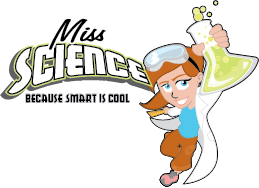People who have known me for some time know that I was raised in a family of grocers and my amazing Uncle Smitty was a pioneer of the superstore concept. What a lot of people don’t know about my family is that they were Iowa sharecroppers. My life has been a mix of hearing stories about hunting squirrels on the way home from school to zooming around on a golf cart with my dad through a warehouse stacked skyhigh with products ready for market. I talk about my dad a lot, because at 91 he is the last living sibling in his family and the stories and things I learn from him are amazing. From the Great Depression, through countless wars, the Space Race, the invention of the internet, to the Great Recession and now Coronavirus, he’s seen and survived it all. 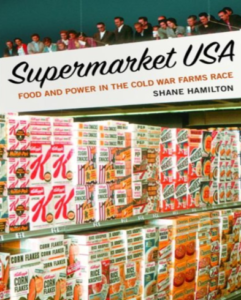
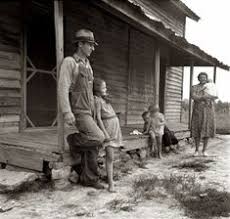 The three things we’ve been told that we must have in order to survive are food, water and shelter. So, when did we forget that food is part of our sustainability cycle? How many of us could cultivate produce or raise proteins in our own backyard? School teaches us about plant systems, agriculture and supply and demand, but we are never taught to connect the dots. Throughout my November webinar, Going Beyond STEM to Create the Next Generation of Leaders I used soils and plant development to make connections and go deeper through project-based learning, Science, Innovation and Entrepreneurship.
The three things we’ve been told that we must have in order to survive are food, water and shelter. So, when did we forget that food is part of our sustainability cycle? How many of us could cultivate produce or raise proteins in our own backyard? School teaches us about plant systems, agriculture and supply and demand, but we are never taught to connect the dots. Throughout my November webinar, Going Beyond STEM to Create the Next Generation of Leaders I used soils and plant development to make connections and go deeper through project-based learning, Science, Innovation and Entrepreneurship.
During this time of unknowns and as we continue to hunker down, let’s explore the spaces in and around our own homes to learn and create. Gardening is a great way to do this! Below are some links to my favorite resources from Kids Gardening for K-12. This website is packed full of resources including Lesson Plans, Gardening Activities, how-to’s on Garden Design and Creating Gardening Programs. 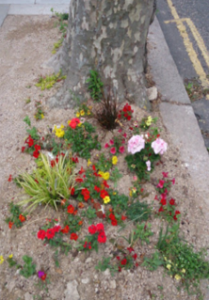
Grades K-2 For our youngest learners it seems like magic to witness the process of seed germination and Journey to the Center of a Seed. How did that tiny little sprout appear? Why are some seeds alike some different? What foods come from seeds? To connect science with literacy at this age is particularly important. Books, both fiction and non-fiction paint the picture of how science works in our lives. Oliver’s Vegetables makes the connections between nutrition and the parts of a plant while also explain the difference between fruits and vegetables.
Grades 3-5 Building on concepts from K-2 students can begin to understand how we rely on and benefit from plants. The book, We Need Plants takes readers through how we need plants for the air we breathe to how they are a source for textiles, medicine and how we take care of ourselves. This is also a great time to bring in a cross-curricular approach to learning about plants. For example, as questions, do research and report about how ancient civilizations cultivated their food sources, what innovations were created, what did ancient gardens look like and what purpose did they serve. Students can even create an ancient gardens travel brochure to share what they’ve learned as well as incorporate art and/or technology. Learning about Seed Banks can help students to understand biodiversity in crops. Seed banks teach how to conserve diversity of species, breed stronger crops, provide solutions for food in times of disaster and safeguard food supply.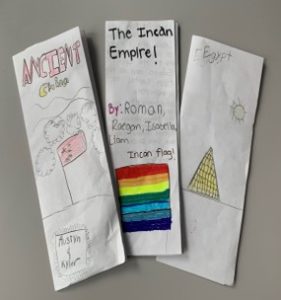
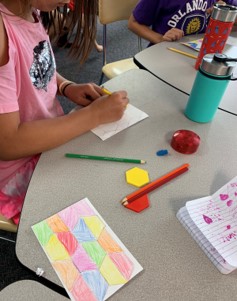 Grades 6-12 How our food system has evolved from hunter gathers to on-line ordering and distribution is something of value for students to understand. Food Prints, the story of what we eat is a great book that takes readers from food production to food consumption and everything in between. Answering how mega farms and factories came to produce the bulk of our current food supply and how COVID-19 has completely disrupted the supply chain is a way to bring STEM into current affairs.
Grades 6-12 How our food system has evolved from hunter gathers to on-line ordering and distribution is something of value for students to understand. Food Prints, the story of what we eat is a great book that takes readers from food production to food consumption and everything in between. Answering how mega farms and factories came to produce the bulk of our current food supply and how COVID-19 has completely disrupted the supply chain is a way to bring STEM into current affairs.
This is a great opportunity explore problem solving. How do we cut down on waste due to the shift in supply chain, what percentage of food is going to go to waste, how do we feed people who have lost their jobs and how can food banks continue to provide for people in need? Could Guerilla Gardening help to feed people who live within the food deserts of our cities or would it be beneficial to build Rain Gardens is a way to explore how we can improve our neighborhoods and help people as we look towards the future. Comparing supermarkets and wet markets for older students can teach lessons about food safety and how health policies and USDA laws and regulations are put into place for the safety of our communities and well-being.
Creativity and Entrepreneurship!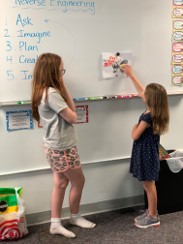
Take some time to go beyond the lessons and create. Help students to understand that their creative process can also be a catalyst for innovation and entrepreneurship. In 2011 (around the same time that the NGSS was developed) I began to incorporation innovation and entrepreneurship in using science with a project-based learning and a cross-curricular approach for instruction. This is what connects the dots and also supports social and emotional learning. We spend hours teaching hard skills and the foundations for learning; however, we spend far less time (if any) on essential skills. It is essential skills that play a large part in workforce development. Critical thinking and communication are a must! So take the things you’ve learned and expand upon them. Ask, how can I take the science of something and create a product or solution. Read a book about entrepreneurs and talk about how many of the things we use today wouldn’t have made it to the marketplace without them.
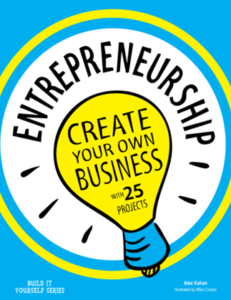 Ideas could include making botanical paper, create floral designs, create a jam or canned food or grow and create your own herbal tea!
Ideas could include making botanical paper, create floral designs, create a jam or canned food or grow and create your own herbal tea! 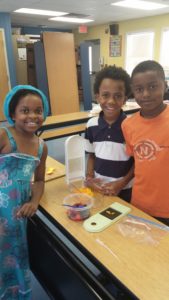
Don’t forget that telling people about a new product includes descriptive writing and persuasion. Students will also need to track how their costs for creating a product to determine how much profit they can make. This is where ELA and Math join in! Here’s a planning guide from my blog about the Science of Ice Cream . The planning guide will take you through the process of how you can take a concept from seed to shelf while exploring project-based learning that expands beyond just creating something. 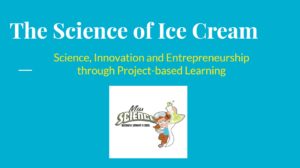
As we continue to explore this new norm for learning, don’t forget to provide the teachable moments. It is in those moments where great memories are made and learning goes beyond the screens of our computers and tablets. As always, you can reach out to me with any questions or comments.
Happy Learning!
